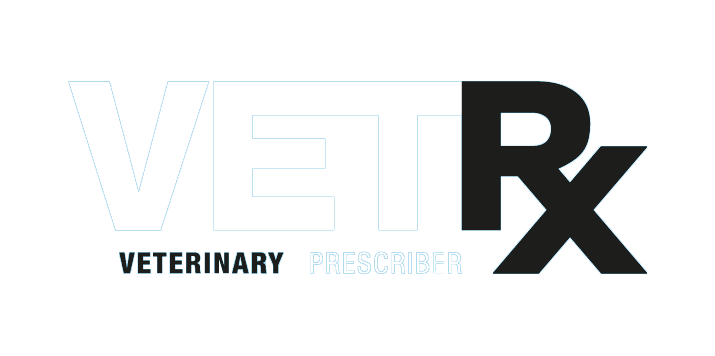The dogs blog no. 9 - Medicines information for pet owners is stuck in the dark ages
Medicines information for pet owners is stuck in the dark ages
In the pharmacy last weekend I met a lady whose 14-year old cat had bitten her on the hand. The bite, uncharacteristic of the cat, was extremely painful and her hand had swollen dramatically. Her GP had prescribed a course of antibiotics - co-amoxiclav, the standard antibiotic treatment for animal bites. Now she was worried about something she had read in the patient information leaflet that came with the antibiotic. A few days earlier she had had a blood test, unrelated to the bite. The information leaflet said that the antibiotic could interfere with the results of blood tests. So, she asked, should she stop taking the antibiotic? I reassured her, said it was important to continue with the antibiotic, that it was unlikely that it would affect the test result, and if it did, the treatment could be taken into account and the test repeated if necessary.
It's 20 years since it became law for dispensed human medicines to include a patient information leaflet. The leaflets have come a long way to ensure the information they contain is widely accessible. They must conform to standards of clarity and understanding, are tested with real patients, and approved by the regulators. They're not perfect and people complain that the long lists of side effects that can cause anxiety are mainly there to defend companies from liability rather than help inform patients. I know of a lady whose daughter asks for leaflets to be removed because they scare her mother enough to stop her taking her medication. But on the positive side, leaflets help people understand why and how to take their medicines, including what to do, for example, if they forget a dose, and they prompt conversations with health professionals who can offer further explanation if needed.
People also administer the medicines that are prescribed for their animals. People with widely varying levels of literacy, visual acuity, and understanding of technical terms. But unlike leaflets for human medicines, the leaflets that accompany animal medicines are far from easy to read and understand. They aren’t required to meet the same standards of accessibility as human patient information leaflets. For example, the leaflet that comes with the spot-on prescribed for Moscow contains the same wording in small typeface as that aimed at professionals in the summary of product characteristics or data sheet. I doubt most people know what “indications” and “contraindications” mean, let alone pruritus, ataxia and nystagmus. The amount of information in the leaflet is overwhelming, even for someone like me who is well used to reading this kind of thing. Instructions on how to use the product are way down the second page. And only the most dedicated person would wade through all the text to discover important advice on avoiding problems (such as not allowing animals to groom each other, not allowing dogs to swim in water courses for a certain amount of time, or that the product might damage the sofa).
The main difference in the process for producing leaflets between human and veterinary medicines is the absence of an imperative to ensure veterinary leaflets can be understood by lay readers. So, come on veterinary medicines regulators and pharmaceutical companies, bring information for pet owners out of the dark ages!
Footnote
The latest Veterinary Prescriber learning module is on “What pet owners need to know about veterinary medicines”. Putting this module together drew attention to the differences in the way that information on licensed medicines is prepared for pet owners compared with human patients.
Our purpose...
......is to provide busy veterinary professionals with impartial information on veterinary medicines with which to make treatment decisions in the best interests of animals, their owners and the environment. We mainly do this through the Virtual Veterinary Medicines Academy where our evidence-based peer-reviewed appraisals are the result of a rigorous research and editorial process and are presented succinctly in our multi-media CPD modules. We’re independent: we don’t sell ads, or receive commercial support. We’re funded by subscribers so you can be sure the information we provide is completely objective. Subscribers get unlimited access to the Virtual Veterinary Medicines Academy.
